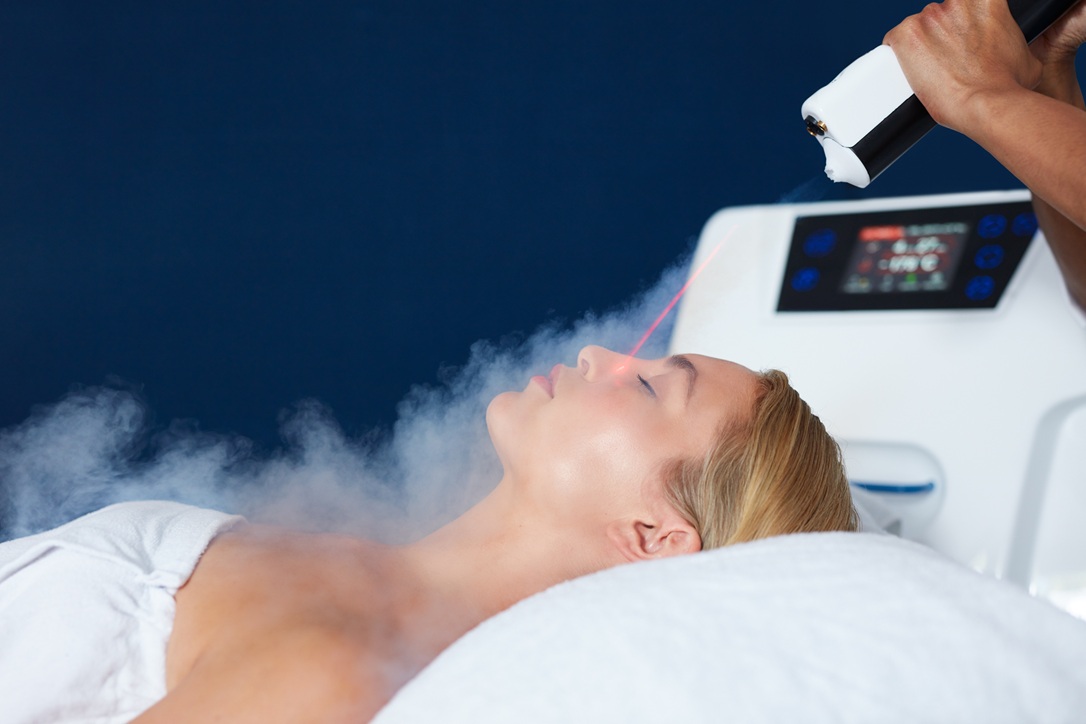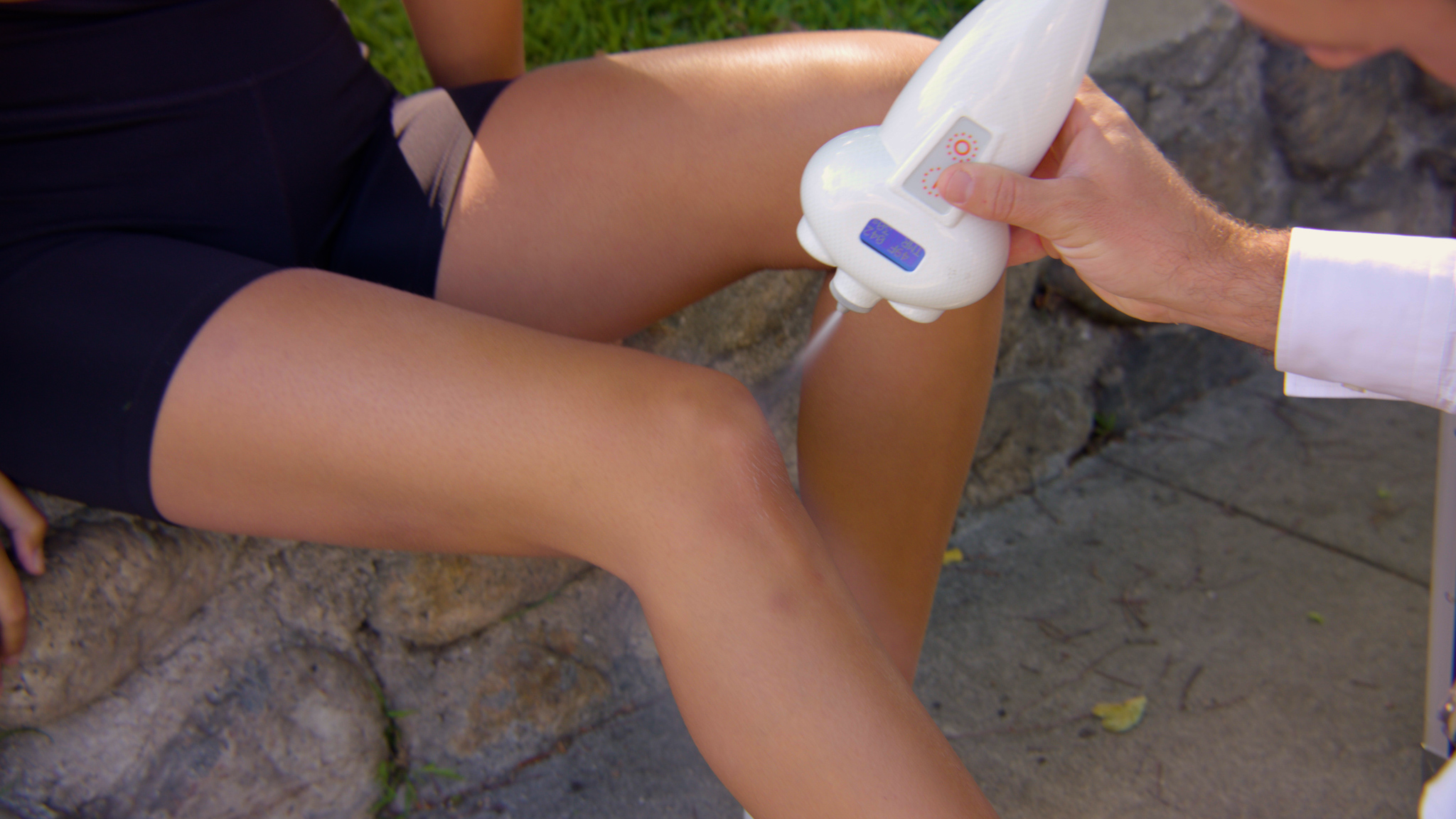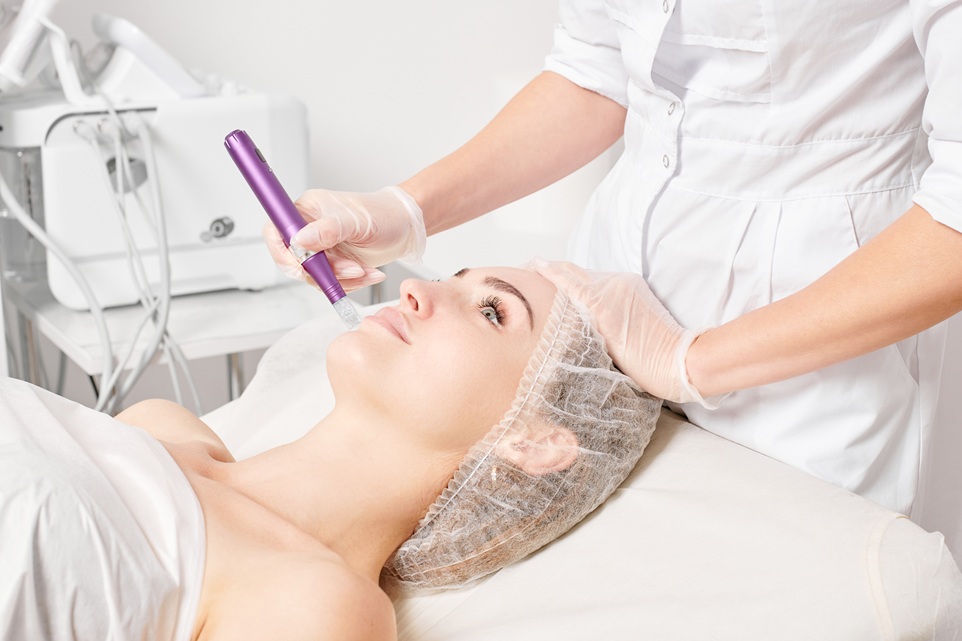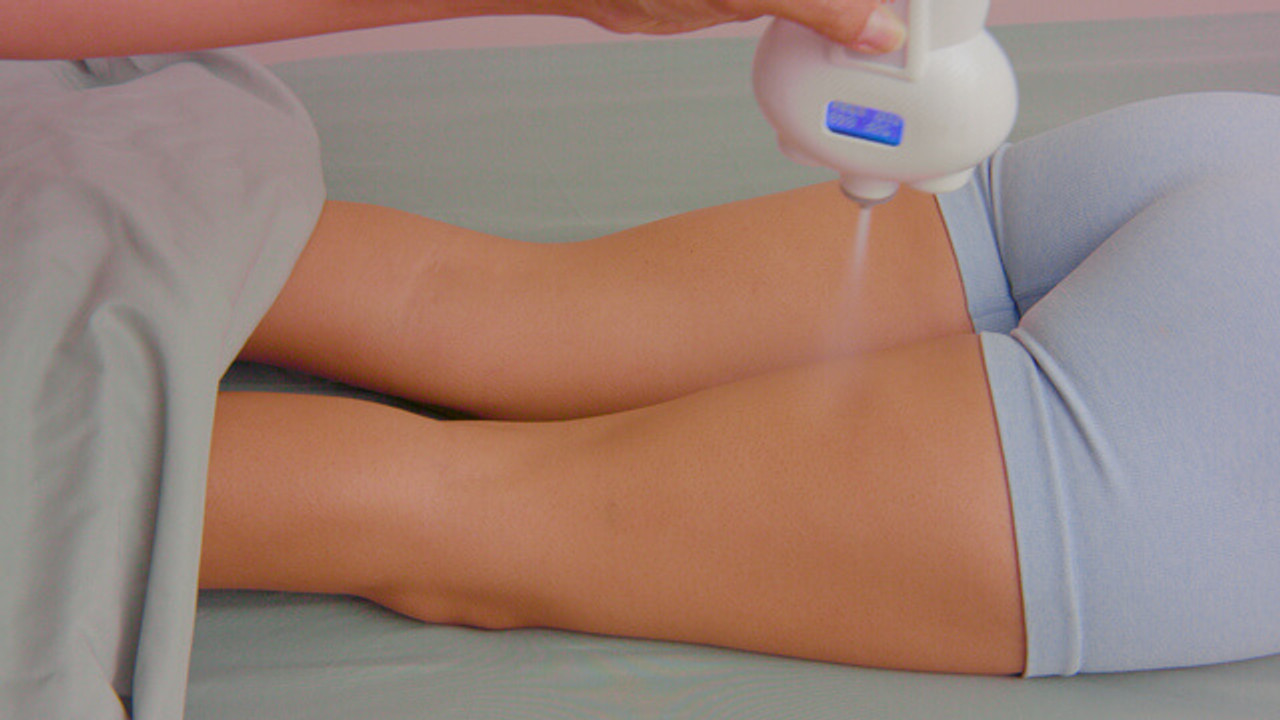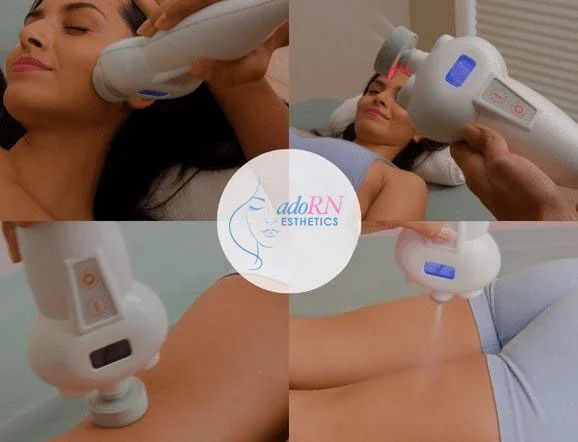Cold therapy is having a moment in the health and wellness space, and for good reason. Beyond reducing inflammation and aiding recovery, it’s gaining attention for its potential to improve sleep. By helping to lower your body temperature and trigger relaxation hormones like melatonin, cold exposure may set the stage for deeper, more restorative rest. But is it as simple as stepping into an ice bath? Stay tuned as we explore the science, practical tips, and safety guidelines behind this growing trend.
How Does Cold Therapy Impact Sleep?
Cold therapy has emerged as a fascinating tool for improving sleep through its physiological effects on the body. By engaging mechanisms like temperature regulation and nervous system balance, cold exposure can create an environment that promotes better rest. Let’s dive into the factors that play a role in this.
The Role of Core Body Temperature in Sleep
Lowering your core body temperature is one of the key triggers for falling—and staying—asleep. Your body naturally cools down as night approaches, signaling that it’s time to rest. Cold exposure helps accelerate this cooling process, mimicking a natural decline in body temperature. This process, in turn, aligns your sleep-wake cycle with your circadian rhythm, which governs when you feel alert and when you’re ready to sleep.
An optimal sleep environment is a cool one—most experts recommend keeping your bedroom temperature between 60-68°F. Cold therapy can amplify this effect by reducing core body temperature even before you crawl under the covers. Research indicates that this physiological cooling not only makes it easier to fall asleep but can also improve sleep depth and quality by fostering conditions ideal for restorative phases like slow-wave sleep (SWS).
Activating the Parasympathetic Nervous System for Relaxation
You may have heard of the “fight-or-flight” response, but did you know your body also has a “rest-and-digest” mode? Cold therapy activates the parasympathetic nervous system, which governs this state. When exposed to cold, your body initially experiences stress, but soon transitions into recovery mode. This shift away from the sympathetic (fight-or-flight) response can help relax your body and mind, preparing you for sleep.
For instance, activities like an ice bath or cold shower stimulate this parasympathetic activation. This reaction decreases cortisol levels—the stress hormone—helping create a sense of calm. It’s also worth noting that introducing cold therapy earlier in the evening, rather than directly before bed, ensures that your body has time to settle into this relaxed state, paving the way for deeper, uninterrupted sleep.
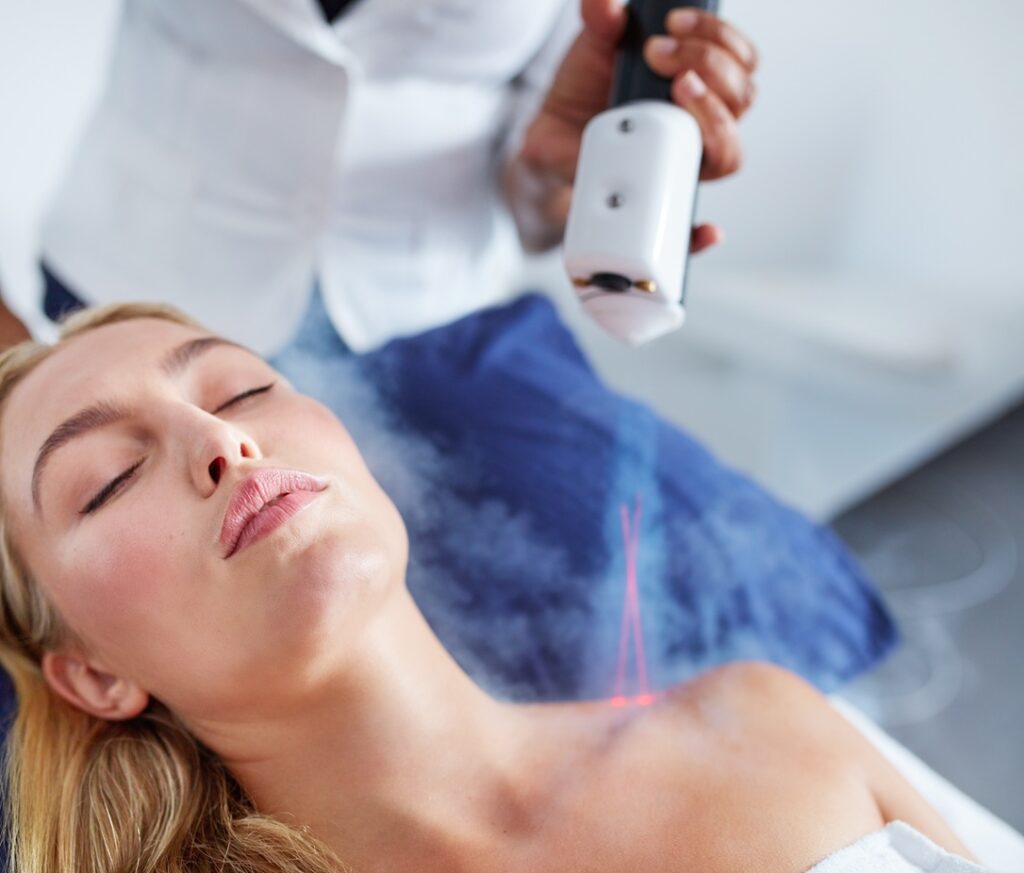
The Connection Between Slow-Wave Sleep and Cold Therapy
Slow-wave sleep (SWS), also known as deep sleep, is the phase that your body relies on for physical recovery, memory consolidation, and cellular repair. Studies have linked cold therapy, particularly whole-body cold immersion, to an increase in slow-wave sleep. This phase is when your brain detoxifies and your muscles recover, making it critical for your overall health.
One 2021 study found that participants who engaged in cold water immersion before sleeping experienced improved proportions of SWS, especially during the initial sleep cycles. This benefit strengthens the theory that temperature regulation, facilitated by cold exposure, plays a vital role in achieving restorative sleep. By enhancing this deep phase of rest, cold therapy supports not only better sleep but also improved cognitive and physical performance the next day.
Scientific Evidence Supporting Cold Therapy and Sleep Improvement
The connection between cold therapy and enhanced sleep quality has been gaining recognition as more research uncovers its potential. From clinical studies to hormonal insights, evidence suggests that cold exposure may optimize the body’s natural processes for deeper, more restorative sleep. Let’s unpack the science behind these benefits through key findings, hormonal mechanisms, and comparisons of popular methods.
Key Findings from Clinical Research
Clinical research has shown that cold therapy, especially through whole-body cold immersion, can positively impact sleep quality. A 2021 study highlighted improvements in slow-wave sleep (SWS)—the restorative phase crucial for physical recovery and memory consolidation—after cold water immersion. Participants experienced fewer nighttime arousals and reduced limb movements, particularly in the first part of the night when SWS predominates.
Another study published in the Journal of Sports Recovery observed measurable enhancements in overall sleep architecture when cold immersion was implemented before bed. Key findings include:
- Reduced arousals: Cold immersion helped participants stay in deeper sleep phases without disruption.
- Extended slow-wave sleep: Increased durations of the most restorative sleep stages were observed, which are vital for body repair and cognitive function.
- Improved subjective sleep scores: Many participants noted feeling more refreshed and less fatigued the following day.
While more research is needed, these studies consistently support the value of cold therapy as an effective tool to enhance sleep—especially when used strategically.
Hormonal Regulation and Sleep Enhancement
Cold therapy doesn’t just cool you down; it’s also a powerful regulator of hormones that play a role in stress and sleep. Here’s how it works:
- Cortisol: Exposure to cold water has been shown to reduce cortisol levels—a stress hormone notorious for disrupting sleep when elevated. Lower cortisol allows the body to shift into a more relaxed state conducive to rest.
- Norepinephrine: Cold water immersion stimulates norepinephrine release, which not only improves mood and focus but also helps the body manage stress more efficiently. Over time, this can lead to improved sleep patterns by reducing the fight-or-flight response often triggered by daily stressors.
- Dopamine: Studies confirm that cold exposure increases dopamine levels by up to 250%. This neurotransmitter fosters feelings of well-being and contentment, which can make your transition to sleep smoother.
In short, cold therapy acts as a hormonal reset button, promoting the optimal internal environment for sleep. Think of it as helping your body self-regulate in the same way a thermostat balances room temperature.
Comparing Methods: Cold Showers vs. Cold Plunges
Not all forms of cold exposure are created equal, particularly when it comes to sleep benefits. While both cold showers and cold plunges have distinct advantages, their effects can vary based on the depth of exposure and intensity.
Cold Showers
- Convenience: Cold showers are more accessible and can easily be incorporated into your daily routine.
- Gradual Adjustments: They allow for a gentler adaptation to cold exposure, making them ideal for beginners.
- Short-Term Benefits: Showers are effective for lowering cortisol and improving alertness during the day, but their impact on deep sleep may be less significant compared to total-body immersion.
Cold Plunges
- Full-Body Immersion: Cold plunges engage more surface area of the body, leading to deeper physiological effects like enhanced parasympathetic activation.
- Greater SWS Support: As seen in clinical trials, full immersion more effectively influences slow-wave sleep by rapidly lowering core body temperature.
- Duration Matters: To yield the best results, sessions as short as 2-3 minutes are recommended, making them efficient despite the initial shock factor.
For the best sleep outcomes, incorporating cold plunges earlier in the evening appears to have a more pronounced and lasting impact. However, for those who don’t have access to an ice bath or similar setup, cold showers remain a practical and beneficial alternative.
Final Thoughts on Comparison
While cold showers may feel like dipping your toes in, cold plunges are akin to diving headfirst. Both methods can help improve sleep, but the choice ultimately depends on personal preference, access, and experience.
Practical Tips for Integrating Cold Therapy into Your Routine
If cold therapy has piqued your interest as a way to improve your sleep, the next step is figuring out how to safely incorporate it into your everyday life. Whether you’re just starting with cold exposure or want to fine-tune your approach, it’s important to take manageable steps to make this practice sustainable. Below, we break it down into actionable tips.
Beginners’ Guidelines for Safe Cold Therapy
Starting with cold therapy doesn’t require a plunge into an ice-cold tub—literally. Ease into the practice gradually to let your body adjust and experience the benefits without discomfort or risks.
- Cold Facial Immersion: Fill a bowl with cool (not icy) water and immerse your face for 10-20 seconds. This method triggers the “diving reflex,” which activates the parasympathetic nervous system, helping you relax. It’s a simple, low-commitment way to get started.
- Cold Showers: Begin with 15-30 seconds of cold water at the end of your regular shower. Gradually increase the time as you become comfortable. Start by targeting specific areas, like your legs or arms, before fully immersing your body.
- Cold Packs on Key Areas: Not ready for water immersion? Place a cold pack on your chest or neck for a few minutes. This localized exposure can still provide relaxation and stress relief.
The key is consistency rather than intensity. It’s better to practice short, tolerable sessions daily than to overwhelm your body with extreme cold immediately.
Timing Your Cold Therapy for Optimal Sleep Benefits
When it comes to sleep improvement, timing is everything. While cold therapy can promote relaxation, it also provides an initial rush of adrenaline and increased alertness, which can interfere with your bedtime routine if done too late.
- Schedule Cold Exposure Earlier in the Day: Aim to take your cold shower or use another method in the mid-morning or early evening. Doing so allows your body to transition through the energizing effects and reach a relaxed state by the time you’re ready for bed.
- Post-Workout Wind-Down: If you exercise, consider incorporating cold therapy as part of your post-workout routine. This timing not only aids recovery but also aligns with the natural cooling effects your body undergoes after a workout, amplifying relaxation.
- Avoid Directly Before Sleep: While it may be tempting to hop into a cold shower before bed, it can disrupt your ability to wind down by creating a temporary alert state. Instead, give yourself at least 1-2 hours before bedtime for your body to reach optimal relaxation levels.
Think of cold therapy as a tool to reset—not something that directly puts you to sleep. Use the time after cold exposure to cultivate a calming evening environment, like dimming lights or meditating.
Finding the Right Temperature and Duration
Determining the best temperature and duration for cold therapy can make or break your experience. Beginners and advanced users will have different thresholds, and safety should always come first.
Suggested Temperatures and Durations:
- For Beginners: Start with water temperatures between 59-68°F (15-20°C) for 10-30 seconds. Gradually lower the temperature and extend the time as your body adapts to the cold.
- For Intermediate Users: Once acclimated, aim for 50-59°F (10-15°C) for 1-2 minutes. This range is ideal for maximizing benefits while staying comfortable.
- For Advanced Users: Those experienced with cold therapy may go as low as 39-50°F (4-10°C) for 2-4 minutes. However, always pay attention to how your body reacts and avoid overexposure.
Safety Tips:
- Listen to Your Body: If you feel lightheaded, numb, or overly stressed, stop immediately. It’s normal to feel discomfort, but pain or panic are signs to take a break.
- Warm Up Gradually: After cold exposure, ensure that you warm your body with a blanket or warm drinks. Avoid using hot showers right after, as this can negate the benefits.
- Set Realistic Goals: Build up your tolerance over weeks. Jumping into extreme temperatures too early may discourage you from continuing or even cause harm.
Cold therapy is a useful practice for sleep improvement, but it works best when tailored to individual needs. Start small, adjust as you go, and always prioritize safety over endurance.
Potential Risks and Precautions
When it comes to incorporating cold therapy into your sleep-improvement routine, it’s critical to consider the potential risks and take necessary precautions. While cold exposure offers promising benefits, it’s not suitable for everyone, and improper use can lead to serious health issues. Let’s explore who should avoid cold therapy and how to recognize signs of overexposure.
Who Should Avoid Cold Therapy?
Cold therapy can place significant strain on the body, especially for individuals with pre-existing health conditions or other vulnerabilities. If you fall into any of these categories, cold therapy might not be safe for you:
- Cardiovascular Conditions: People with heart conditions, including heart disease, high blood pressure, or arrhythmias, are at a higher risk due to the sudden increase in heart rate and blood pressure caused by cold exposure. This stress on the cardiovascular system can trigger complications, including heart attacks.
- Diabetes and Poor Circulation: Those with diabetes or compromised circulation (such as peripheral neuropathy, Raynaud’s phenomenon, or venous insufficiency) may experience worsened symptoms. For diabetics, cold immersion could affect blood sugar management, heightening health risks.
- Medications: Medications that influence blood pressure, heart rate, or blood circulation—like blood thinners—can complicate the body’s natural response to cold exposure. Always consult with your doctor before starting cold therapy if you’re on such prescriptions.
- Cold-Related Sensitivities: Conditions like cold urticaria (hives triggered by cold temperatures) or cold agglutinin disease make cold therapy not only uncomfortable but potentially dangerous, leading to severe reactions.
If you’re uncertain, it’s best to consult with your healthcare provider before trying cold therapy. Monitoring how your body reacts during the first few sessions is a helpful way to assess whether it’s right for you.

Photo by Ivan Samkov
Recognizing Signs of Overexposure
Overexposure to cold therapy can lead to frostbite, hypothermia, or other dangerous conditions if precautions are not taken. Being aware of the warning signs ensures you can act promptly and prevent health risks.
Early Symptoms of Overexposure:
- Shivering: An initial, natural response to cold that helps your body generate heat but may signal that you’re nearing your limit.
- Tingling or Numbness: These feelings, particularly in extremities like fingers and toes, can signify reduced blood flow and the onset of frostbite.
- Skin Discoloration: Red, purple, or pale skin during exposure can indicate early frostnip or frostbite.
Advanced Symptoms to Watch For:
- Slurred Speech and Clumsiness: This combination often points to hypothermia, a body temperature drop below 95°F (35°C).
- Severe Fatigue and Memory Loss: These symptoms, along with a loss of coordination, require immediate attention.
- Cessation of Shivering: Once shivering stops, it signals severe hypothermia. At this stage, pulse and breathing may slow, potentially leading to loss of consciousness.
What to Do:
- Remove yourself from the cold immediately if severe symptoms occur.
- Rewarm gently, avoiding direct, extreme heat like heating pads, as this can cause tissue damage.
- If symptoms are severe (e.g., disorientation, severe numbness), emergency services should be contacted without delay.
Recognizing and properly addressing early warning signs is key to enjoying the benefits of cold therapy safely. Understanding your body’s limits is crucial to making cold therapy a beneficial and risk-free experience.
Conclusion
Cold therapy has shown promise as a natural way to improve sleep, backed by studies linking it to better temperature regulation, hormonal balance, and increased slow-wave sleep. From cold plunges to simple cold showers, there are practical options to suit different lifestyles and preferences.
If you’re curious about trying it, start small and prioritize safety. Experimenting with timing, methods, and temperatures can help you discover what works best for your body. Combined with good sleep hygiene, integrating cold therapy may lead to more restorative nights.
What’s your take on adding cold exposure to your routine? Share your thoughts and experiences below!

